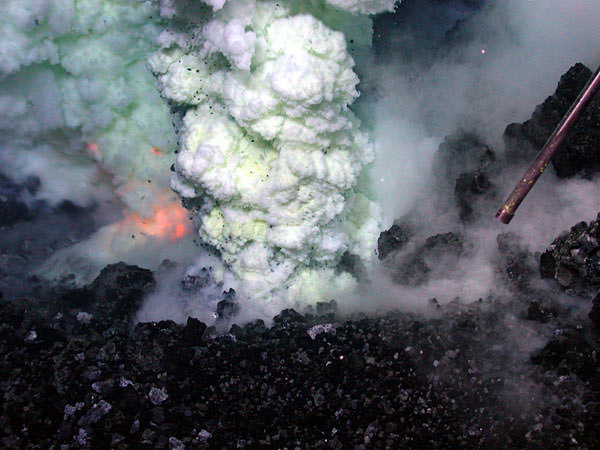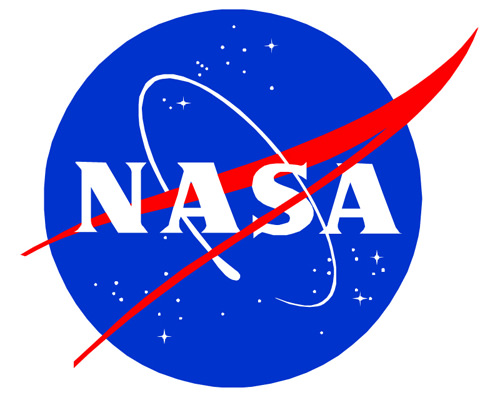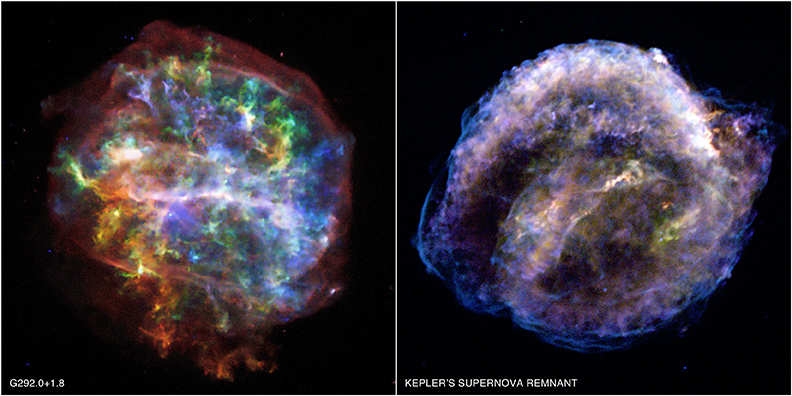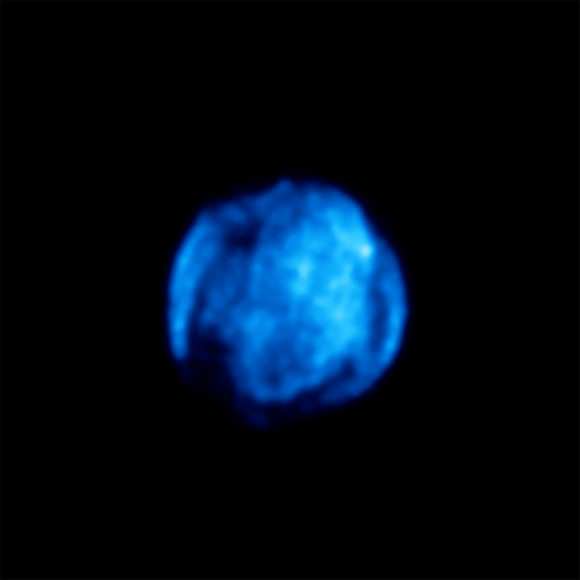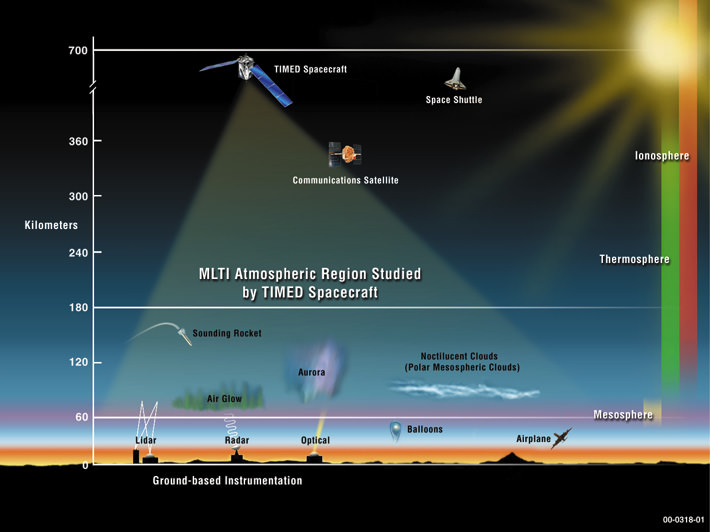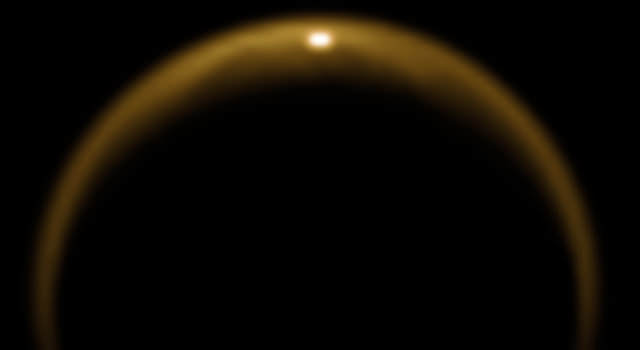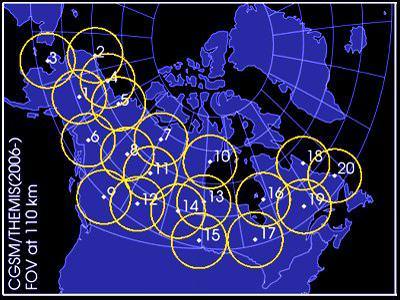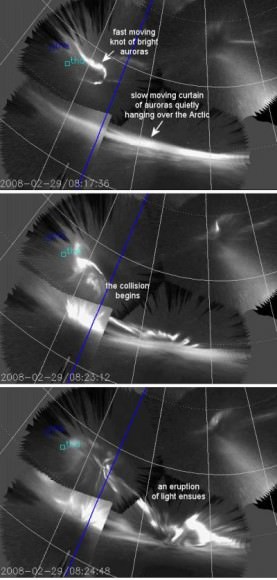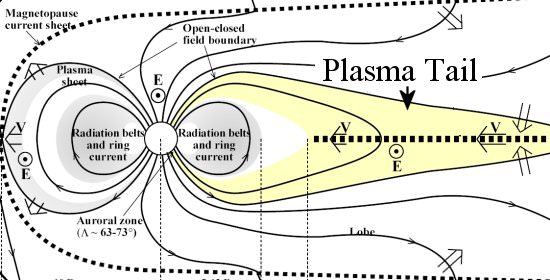Have you ever been blown away by a laser? I just was! The folks at SKYlasers sent us a 55 mW Green Laser Pointer to try out. I’ve only ever used very small laser pointers before for indoor presentations, so I was completely unprepared for the power of this laser pointer. I literally felt like I could reach out and touch the Moon and stars!
This green laser pointer has a reported range of 80 km (50 miles.) The laser is easily visible in the day time too, well over 30 meters (100 feet,) — and likely even more — even in bright daylight, I discovered (see image at the bottom.)
SKYlaser laser pointers are about the size of a Sharpie pen. There is a clip to easily attach the laser pointer securely to a bag or shirt pocket (or pocket protector!) so it is easy to find when you’re outside and trying to point out a constellation or star to someone else.
These laser pointers are very easy to use: just put in 2 AAA batteries, push the button and the beam of light zooms out to space — well, not technically, since space is officially 100 km up – but SKYlasers has other higher powered laser pointers that actually do reach that threshold and beyond. But for all amateur or even professional astronomers wanting to point out any object in the night sky, this laser pointer will meet your needs. I’ve been at instructional astronomy viewing nights where the instructor’s laser pointer was difficult to see and it was hard to follow where the instructor was pointing. Not with this one! It produces a powerful beam that you can’t miss seeing!

The 55 mW green laser also has a key feature that can turn off the laser so it won’t turn on accidentally if the button gets pressed while in a pocket or bag. Other more powerful SKYlaser pointers have a key that can dim the beam, so if you do want to use it indoors, it won’t be over-powering.
The 55mW green laser I received retails for $129.99 USD, but SKYlasers has a whole range of green lasers from a 5mW at $39.99 to a 150mW at $299.99. Plus they have even more powerful red laser pointers and the super powerful infrared laser pointers. Some of these are so powerful that they even come with goggles. SKYlasers also has some portable lasers that are beyond what any average person or astronomer would need.

I would just like to point out that any of these laser pointers are not toys, so please treat them with all the necessary respect and safety precautions. They can sting skin and hurt your (or others) eyes. The 55 mW laser can burn through a black trashbag (yes, we actually tried this, and the bag started melting in about 15 seconds). Some of the more powerful ones can light matches, burn dark fabrics, etch dark plastics and leathers, light fireworks, or even melt rubber and plastics. Not sure why you’d want to do some of these things, but it points out how powerful they are. Of course, you also need to watch out for planes in the area when you are using them. If you are doing an astronomy activity with a large group where you might be easily distracted, I’d suggest appointing a “spotter” to keep on the lookout for airplanes that might come into the region.
But the SKYlaser green pointer is a great way to be able to share your love of astronomy with your friends and family. It would be a great gift for any astronomy buff.
For more information see the SKYlaser website.



